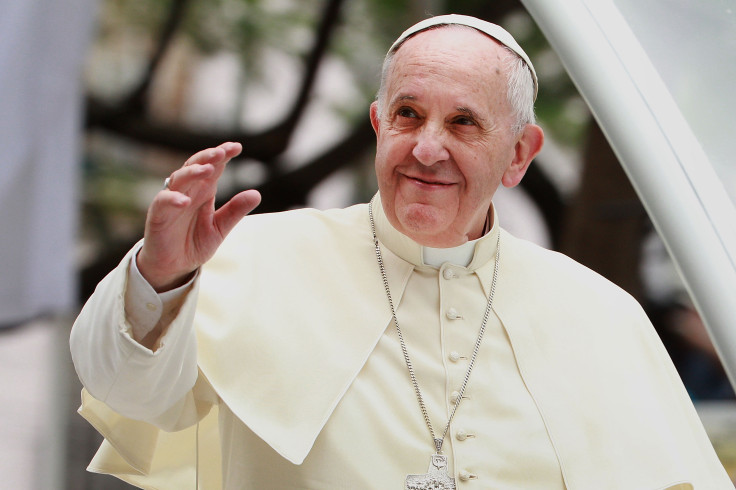
Pope Francis, the first Latin American pontiff and a transformative figure in the Roman Catholic Church, died on April 21, 2025, at the age of 88. According to the Vatican's official medical bulletin, the Holy Father suffered a cerebral stroke that led to a coma and was later followed by an irreversible cardiocirculatory collapse. The pontiff passed away in the early hours of Monday at Casa Santa Marta, his residence within Vatican City.
The stroke, commonly known as a "cerebral ictus" in medical terms, is believed to have occurred late Sunday evening. Despite receiving immediate care from Vatican doctors, Pope Francis never regained consciousness. The Vatican reminded its faithful that The Pope had experienced recurrent health issues over the past few months, including a severe respiratory infection in February that developed into bilateral pneumonia and required a 38-day hospitalization.
Though frail, the pope made a surprise public appearance on Easter Sunday, waving to pilgrims from the Popemobile at St. Peter's Square.
@elmundo.es Estas fueron las últimas imágenes del papa Francisco. Sus palabras lamentando el "desprecio" hacia los "migrantes”, un paseo en el papamóvil y la breve visita del vicepresidente de EEUU. Horas antes de su fallecimiento, el pontífice acudió a la Plaza de San Pedro. Allí, cerca de 40.000 personas esperaban que asistiese a la bendición Urbi et Orbi. “Queridos hermanos y hermanas, feliz Pascua”, dijo el papa. Tras estas palabras y visiblemente fatigado, dio paso al maestro de ceremonias monseñor Diego Giovanni Ravelli, para que leyera su discurso. Tampoco se olvidó de recibir a miles de fieles que lo esperaban en el que sería su último paseo en el papamóvil #papa #papafrancisco #vaticano #noticiastiktok #bergoglio
♬ sonido original - Somos un periódico
Later, he met with U.S. Vicepresident JD Vance.

Cardinal Kevin Farrell, the camerlengo of the Holy Roman Church and the official responsible for overseeing Church matters during the interregnum, delivered the first official statement: "Pope Francis lived his life in the service of the Gospel, with courage, humility, and a deep love for the poor and the excluded. His passing marks the end of an extraordinary era in the life of the Church."
The Vatican announced that, respecting Pope Francis' own wishes, he will be buried in the Basilica of Santa Maria Maggiore rather than the traditional papal tombs beneath St. Peter's Basilica. He had a longstanding devotion to the icon of the Virgin Mary housed in that church and often visited it before and after international trips.
Born Jorge Mario Bergoglio in Buenos Aires, Argentina, Pope Francis was elected in March 2013 following the resignation of Pope Benedict XVI. He was the first Jesuit to ascend to the papacy and the first non-European pope in over 1,200 years. His tenure was marked by a deep commitment to social justice, environmental stewardship, and Church reform. He often clashed with political leaders over immigration, wealth inequality, and climate change.
Francis was particularly outspoken about the plight of migrants, famously challenging then-President Donald Trump's border wall policies in 2019. "A person who thinks only about building walls, wherever they may be, and not building bridges, is not Christian," he said then. In recent months, as immigration crackdowns intensified once more under a new Trump administration, the pope reiterated the Church's call to protect human dignity "regardless of status or nationality."
With his death, the Catholic Church enters the period known as sede vacante. Preparations are already underway for a papal conclave, which will take place in the Sistine Chapel in the coming weeks. Cardinals from around the world will gather to elect a new pontiff to guide the Church through the challenges of the modern era.
Pope Francis leaves behind a complex and enduring legacy—one marked by compassion, reform, and the constant call for a more inclusive and merciful Church.
© 2025 Latin Times. All rights reserved. Do not reproduce without permission.








